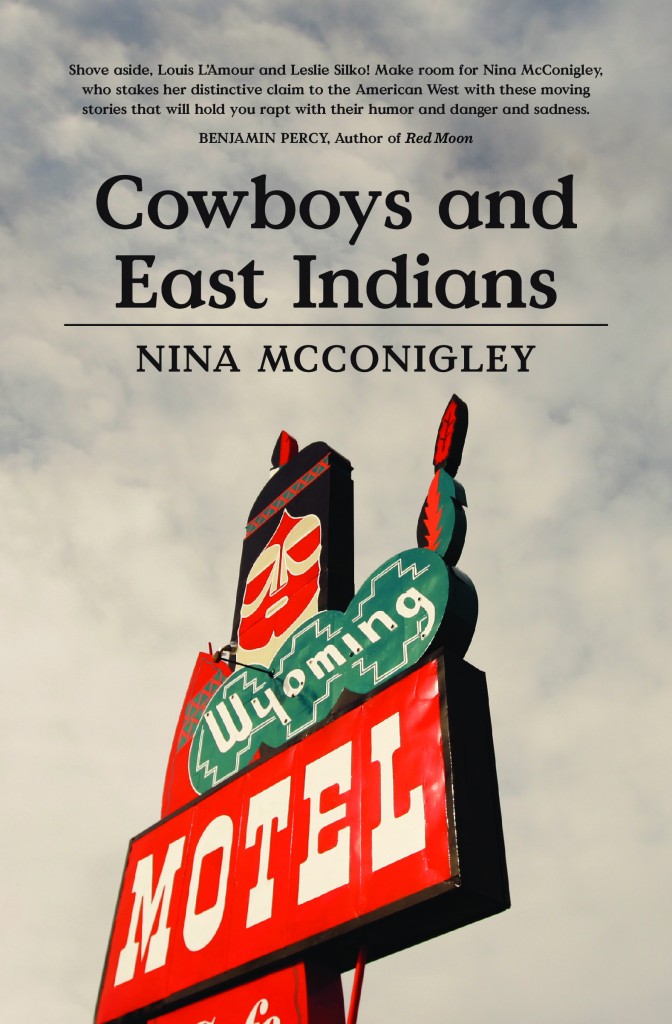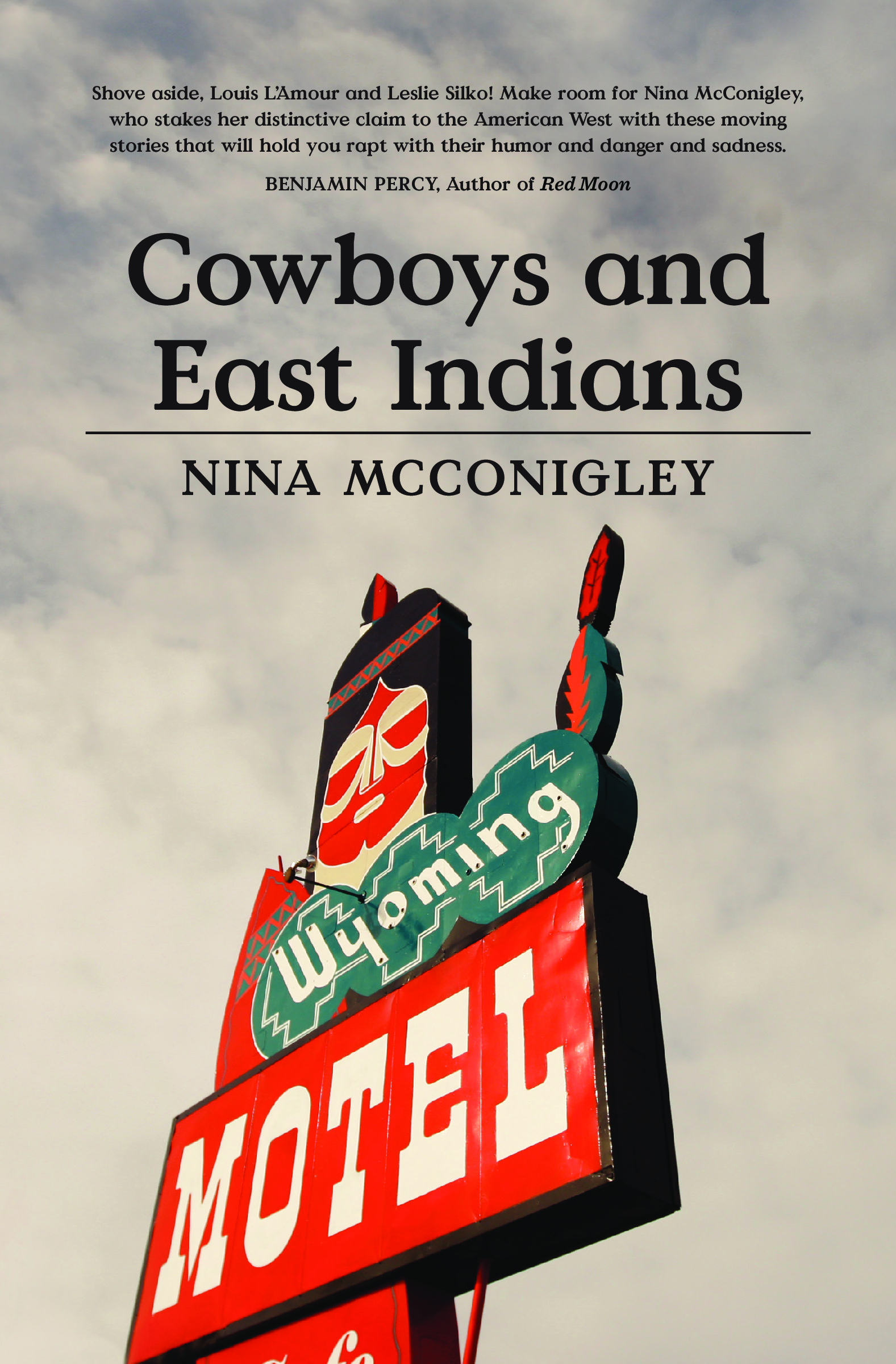
And we’re back. Three collections this week: one memorable selection of essays on artists, one group of realistic stories of cultures intersecting, and one gripping dose of cosmic horror.
Stating that I’m a fan of Janet Malcolm’s writing is not exactly a groundbreaking comment, I realize. I was eager to read her newly released nonfiction collection Forty-One False Starts in part because I’ve largely encountered her work at book length; reading more focused examples of her writing was definitely appealing.
The book is subtitled “Essays on Artists and Writers,” which is a pretty accurate summation of what you’ll find in here. Malcolm’s contrarian take on Edith Wharton made for particularly interesting reading. For me, the high point was a look at the 1980s NY art scene, with a specific focus on the inner workings and formation of Artforum. (Which, in turn, makes it an interesting contrast to Sarah Thornton’s look at the same publication a decade and change later, in her superb Seven Days in the Art World.) The title essay plays with form, as Malcolm approaches a profile of the artist David Salle in a fragmented manner, with certain details repeating themselves — sometimes with variations — throughout.
The stories in Nina McConigley’s Cowboys and East Indians concern themselves with unexpected meetings of culture, largely in the state of Wyoming. Many of the books characters are, as the title suggests, of East Indian descent — some recently arrived in the state, others lifelong residents. The best of these are those that evade expectations: a woman’s encounter with her husband’s boorish boss and his wife turns out to be revealing about all three, and McConigley is both empathetic towards her characters and able to memorably evoke their personalities through quirks of dialogue. It’s a fine debut.
After reading — and thoroughly enjoying — Laird Barron’s collection The Beautiful Thing That Awaits Us All a few months ago, I read his earlier collection The Imago Sequence earlier this week. It begins with a tale in which a Cold War experiment goes horribly wrong; from there, Barron veers into Lovecraftian nods, grotesque noir, and stories of lonely men pursuing things that will consume them. The best of these stories — “The Procession of the Black Sloth” and “Hallucigenia” — blend sinister imagery with protagonists whose grasp on reality is hazy even before they encounter the uncanny. If staring down the horrific is bad, Barron implies, it’s even worse when you can’t quite make out just what that horror is.
Follow Vol. 1 Brooklyn on Twitter, Facebook, Google +, our Tumblr, and sign up for our mailing list.

